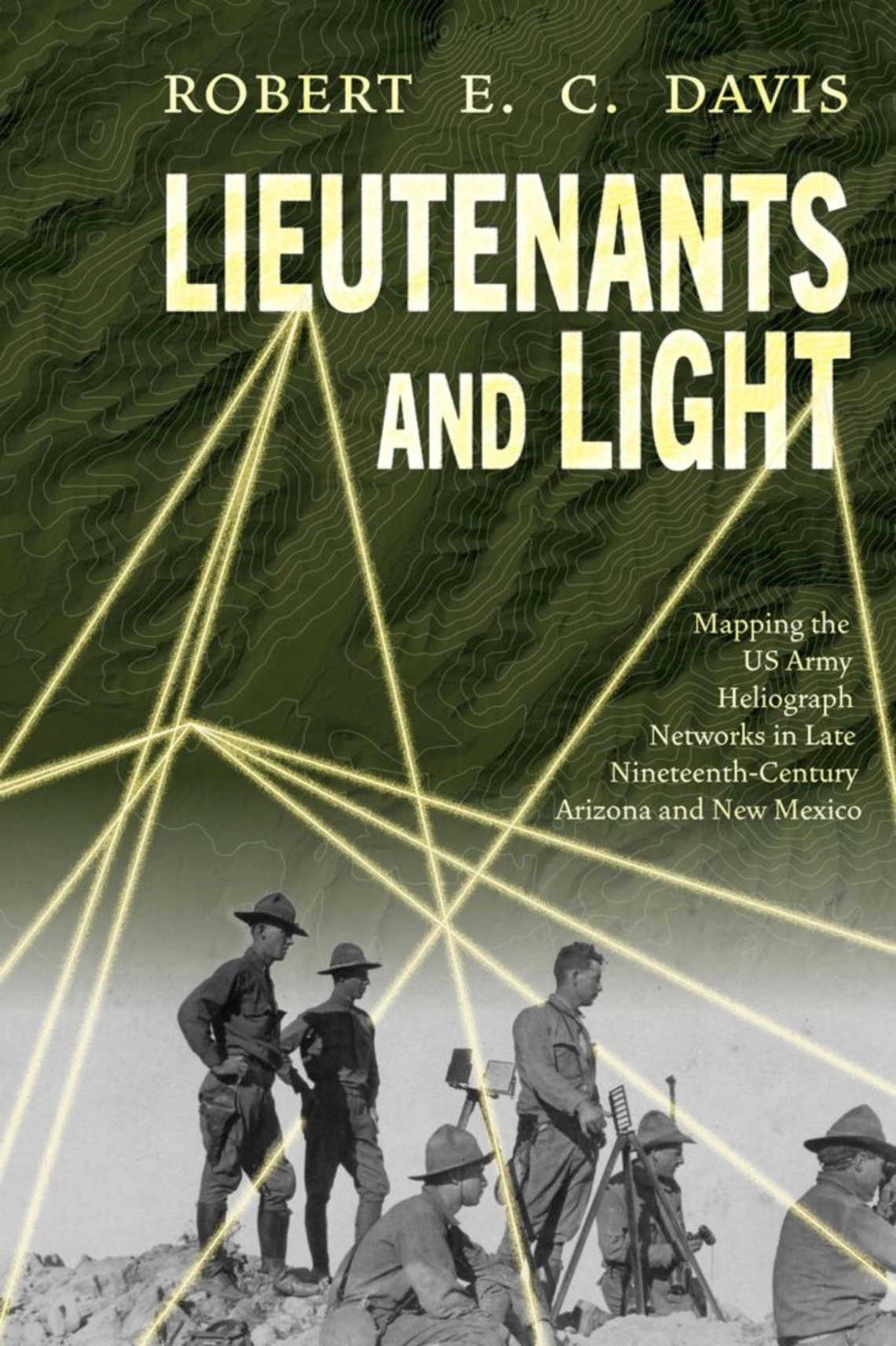The heliograph network in the Southwest, which began development in 1882, used mirror-based signaling devices to facilitate communication across remote outposts, forts, and detachments. Heliographs enabled soldiers to send messages over long distances using Morse code transmitted through sunlight reflections. During and immediately following the campaign against Geronimo in 1886, General Nelson A. Miles implemented a heliograph network that connected key locations from Nogales, Arizona, to Fort Stanton, New Mexico, enhancing command and control. Additional tests and expansions solidified the heliograph’s role as an essential military communication tool.
Reports from the officers tasked with establishing these stations and modern geospatial analysis have identified almost ninety networked heliograph stations established between 1882 and 1893, culminating in the greatest heliograph network ever built.
Many of the officers who helmed these stations went on to distinguished careers in the military, business, or public service. Some had served in the Civil War, and most were veterans of the Indian Wars. Almost a third of these young officers would go on to become general officers, several serving in leadership roles during World War I. Thus, the heliograph not only connected points across the Southwest but also linked a group of officers whose experience and leadership spanned from the Civil War through World War I.
Congrats Robert!


